A Deep Dive Into Asteroid Eos

Introduction
Asteroids, the remnants of our early solar system, have always captivated astronomers and researchers. In this article, we will explore the asteroid Eos, its characteristics, and its significance in the study of celestial objects.
Discovery and Naming
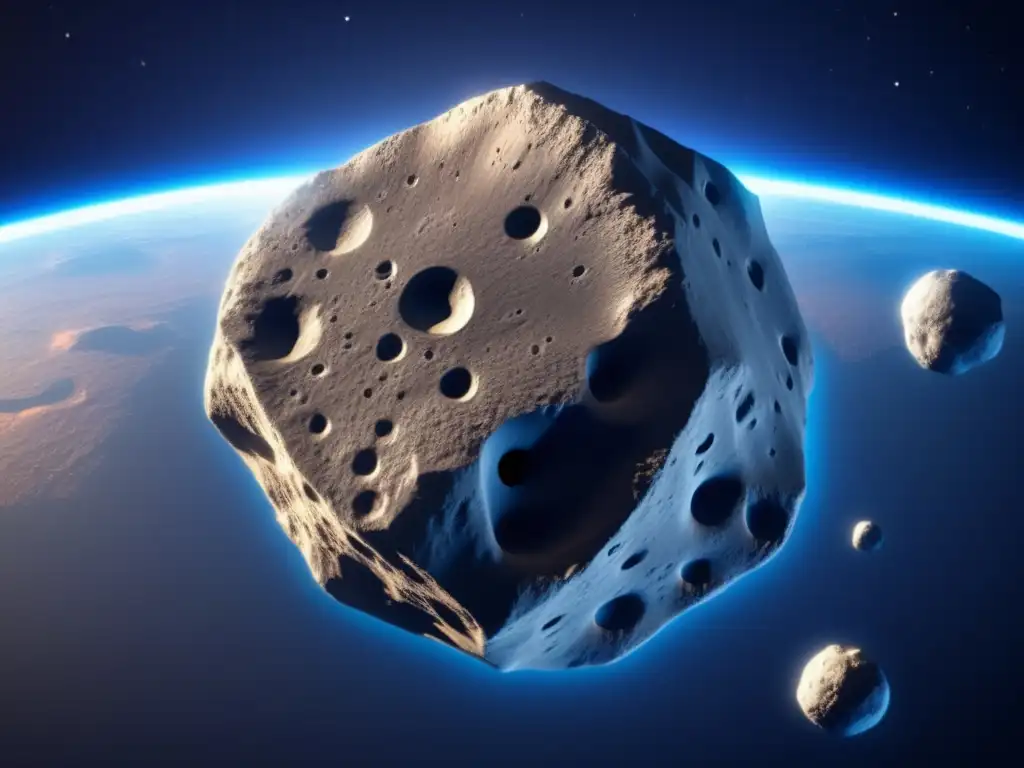
Discovery
Eos was discovered on January 18, 1856, by the German astronomer Hermann Goldschmidt. Goldschmidt made significant contributions to asteroid discoveries during his career, and Eos was among his notable findings.
Naming
Eos is named after the Greek goddess of dawn. The name perfectly symbolizes the brilliance and freshness associated with the rising sun, mirroring the significance of this asteroid in our understanding of the early solar system.
Physical Characteristics
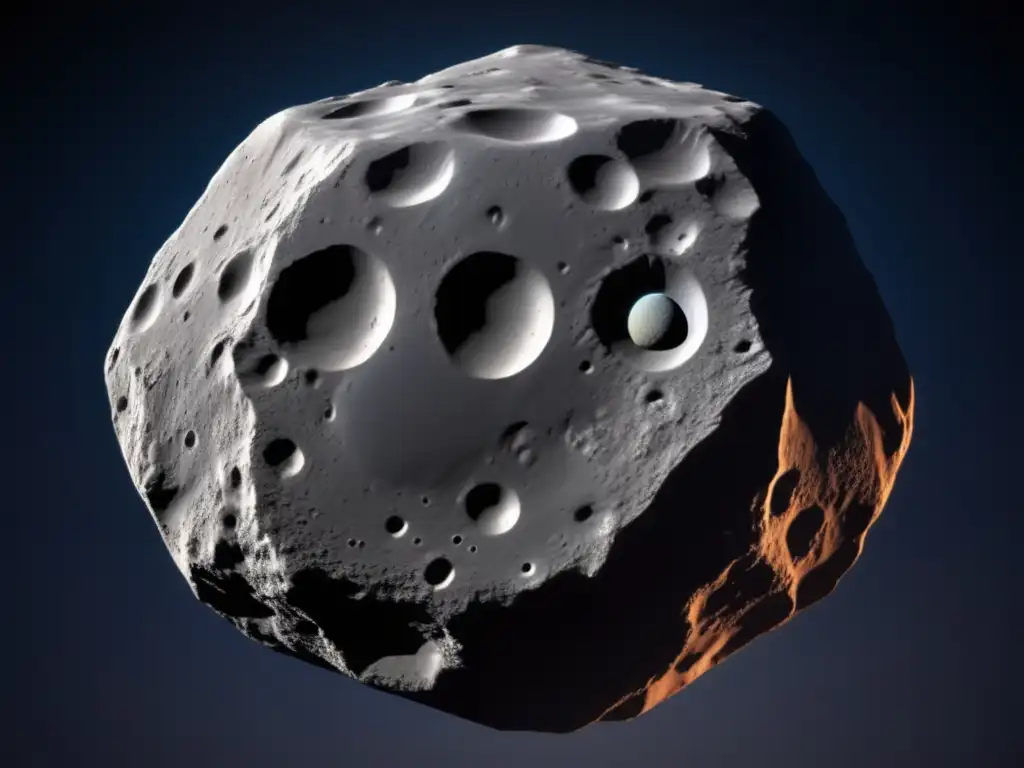
Size and Composition
Eos has an estimated diameter of approximately 95 kilometers (59 miles). Its composition primarily consists of silicate rock, similar to many other asteroids found in the main asteroid belt between Mars and Jupiter.
Surface Features
Studies of Eos reveal a diverse range of surface features, including impact craters, ridges, and grooves. These features provide valuable insights into the geological history of the asteroid and the processes that have shaped its surface over millions of years.
Rotation and Orbit
The rotation period of Eos is approximately 6.8 hours, meaning it completes one full rotation on its axis in this time. Eos orbits the Sun at an average distance of about 2.73 astronomical units (AU).
Asteroid Classification
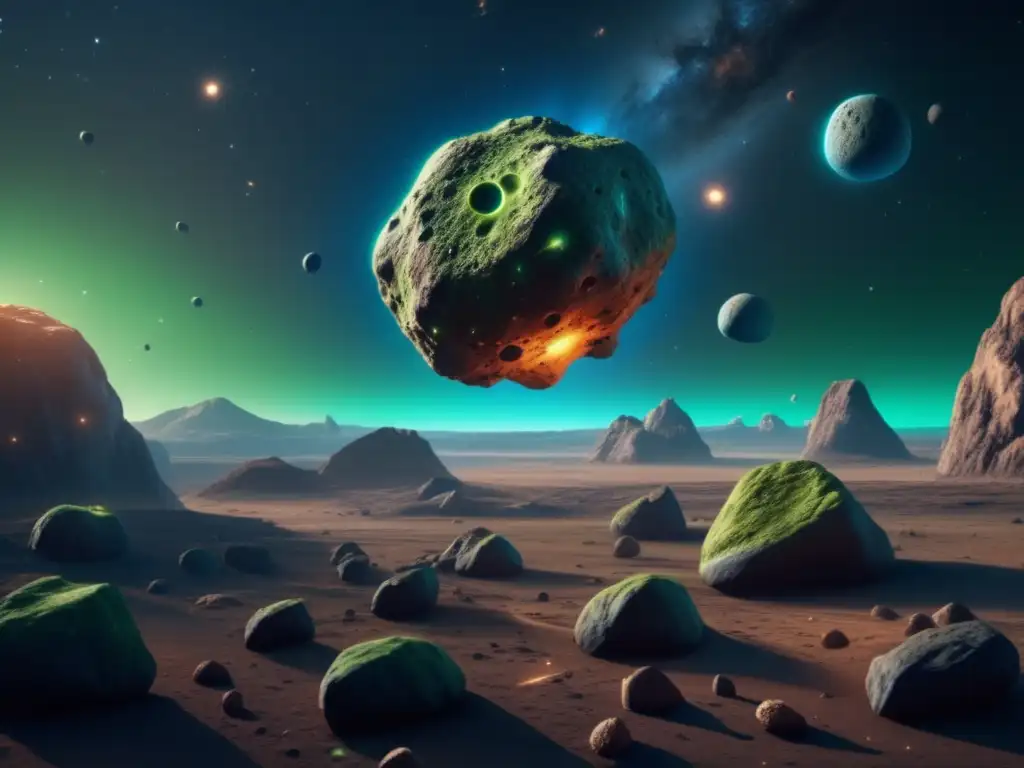
Classification in the Main Asteroid Belt
Eos is classified as a member of the main asteroid belt, which is a region located between the orbits of Mars and Jupiter. It is one of the many asteroids that populate this vast celestial neighborhood.
Belonging to the Eos Family
Eos belongs to the Eos family of asteroids, a cluster of objects sharing similar orbital characteristics. The formation and evolution of asteroid families provide valuable clues about the history and dynamics of the main asteroid belt.
Eos' Spectral Classification
Eos has been classified as an S-type asteroid based on its spectral characteristics. S-type asteroids are composed primarily of nickel-iron mixed with silicate materials and are among the most common types found in the asteroid belt.
Scientific Significance

Understanding Early Solar System Formation
Studying asteroids like Eos contributes to our understanding of the early solar system's formation. By analyzing their composition and structure, scientists can gain insights into how planets and other celestial bodies evolved over billions of years.
Potential Resource Exploration
Asteroids have gained attention for their potential as valuable resources. The study of asteroids like Eos may aid in future endeavors exploring space mining and extracting precious metals, minerals, and even water for interplanetary missions.
Impact Hazard Assessment
Characterizing asteroids, including Eos, is crucial for assessing potential impact hazards on Earth. By understanding their orbits, sizes, and compositions, scientists can better predict and mitigate the risks associated with potentially hazardous asteroids.
Frequently Asked Questions
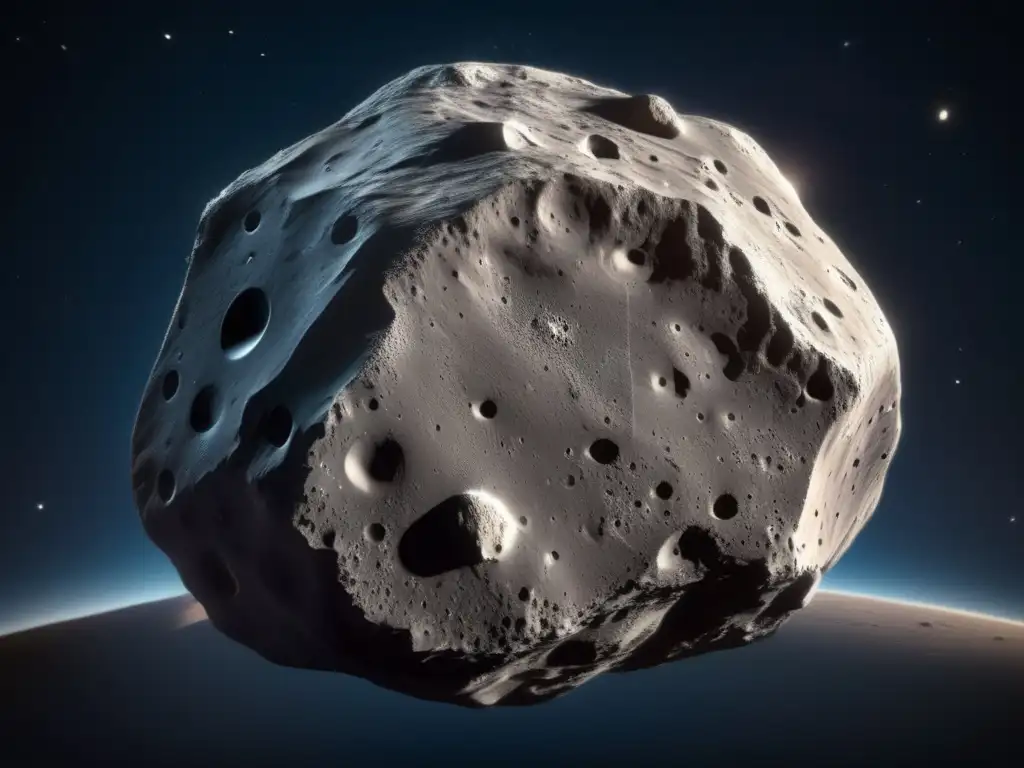
-
What is the significance of Eos' name?
Eos' name symbolizes the brilliance and freshness associated with the rising sun, mirroring the significance of this asteroid in our understanding of the early solar system.
-
What is the size of Eos?
Eos has an estimated diameter of approximately 95 kilometers (59 miles).
-
How long does it take for Eos to complete one rotation?
Eos completes one full rotation on its axis in approximately 6.8 hours.
-
What is the classification of Eos?
Eos is classified as an S-type asteroid, composed primarily of nickel-iron mixed with silicate materials.
-
What can studying Eos tell us about the early solar system?
Studying Eos and similar asteroids helps scientists understand the processes and conditions that led to the formation of our solar system.
Conclusion
Eos, with its fascinating physical characteristics and scientific significance, offers a window into the early history of our solar system. By delving deeper into asteroids like Eos, we unlock valuable insights that contribute to our understanding of celestial objects and their role in shaping the universe.
We encourage you to share your thoughts and engage with the asteroid community at Asteroid Realm. Whether through subscribing, sharing this article, or exploring other resources on our website, your participation is vital in furthering our knowledge of asteroids and their profound impact on our understanding of the cosmos. Thank you for your time and attention.
Additional Resources

For those interested in delving deeper into the topic of asteroids, here are some additional resources:
- NASA Asteroid Resources
- International Astronomical Union - Asteroids
- NASA Solar System Exploration - Asteroids
 The Story Behind Asteroid Dejanira
The Story Behind Asteroid Dejanira Unraveling The Secrets Of Asteroid Egeria
Unraveling The Secrets Of Asteroid Egeria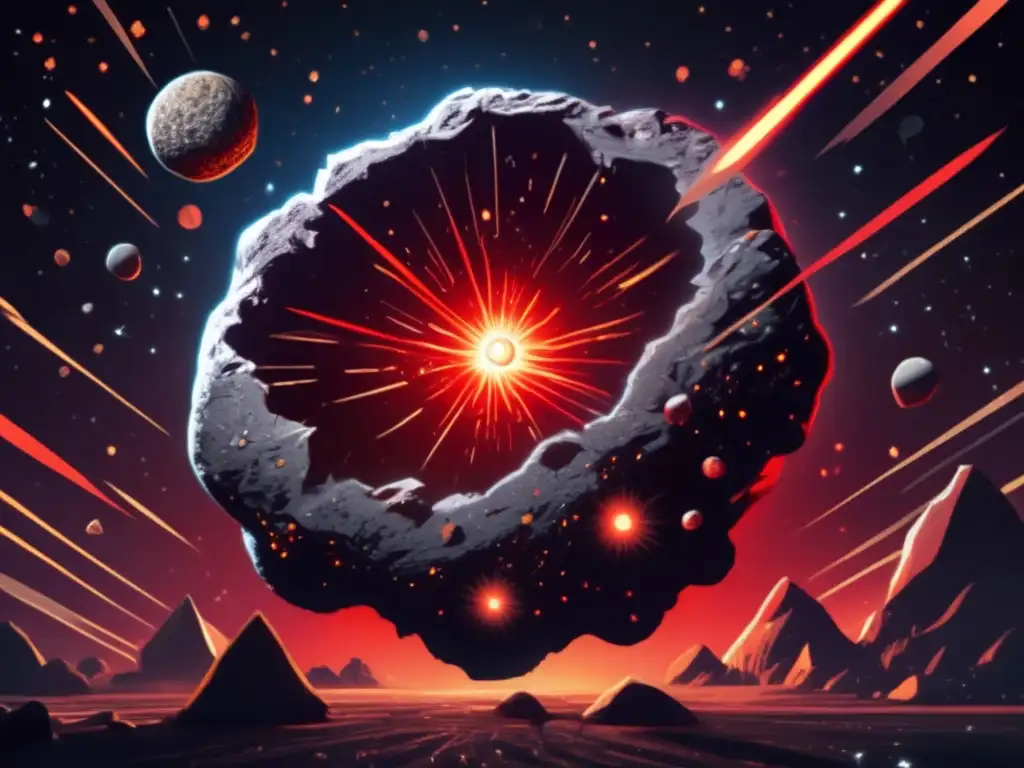 Discovering The Characteristics Of Asteroid Iris
Discovering The Characteristics Of Asteroid IrisIf you want to discover more articles similar to A Deep Dive Into Asteroid Eos, you can visit the Asteroid Profiles category.
Leave a Reply

Articulos relacionados: